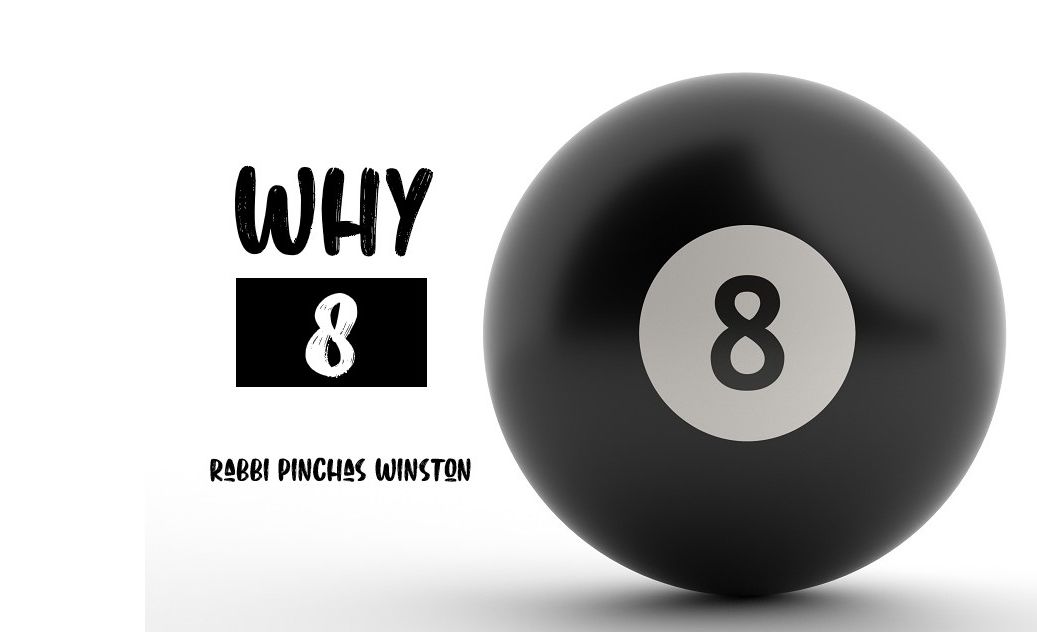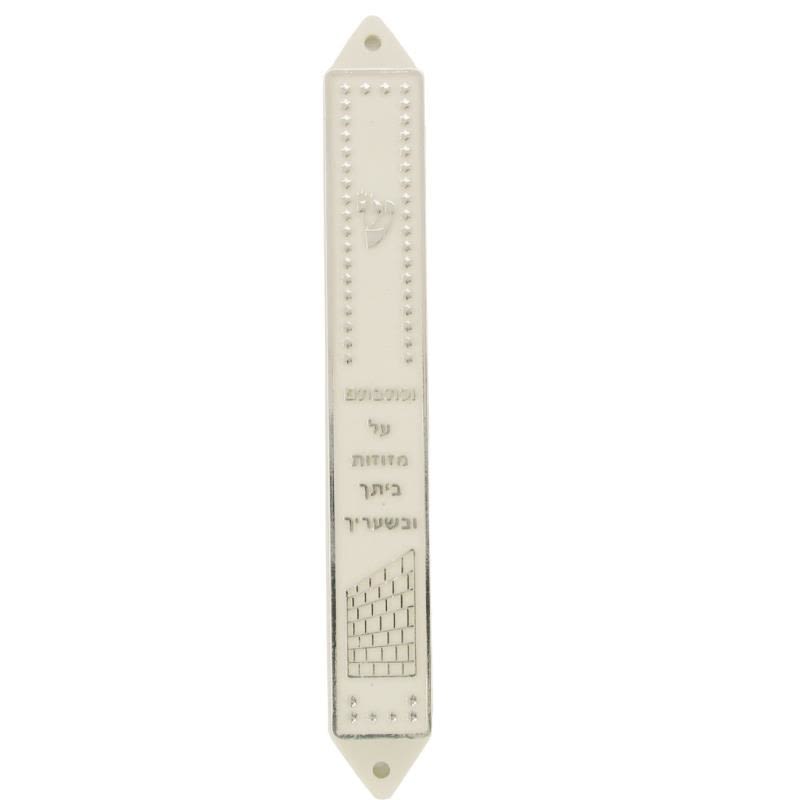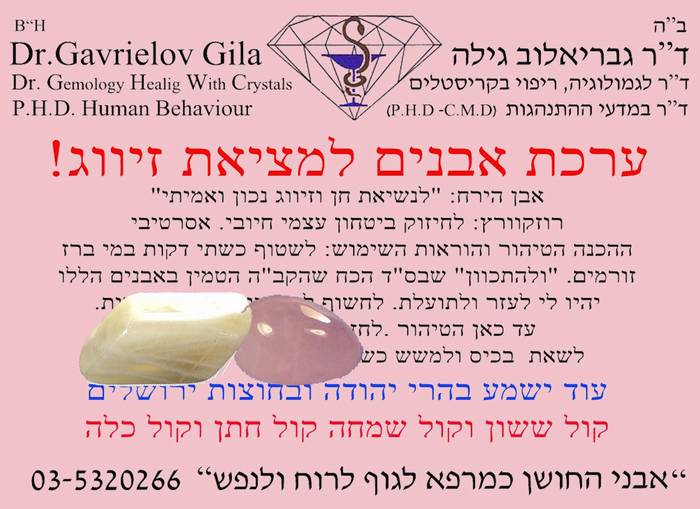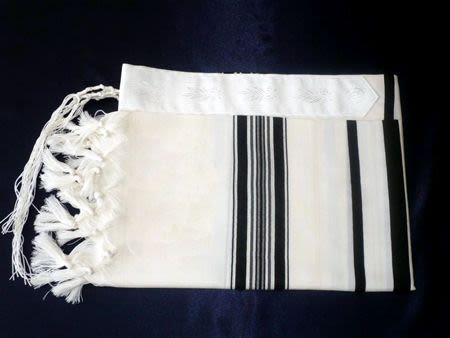
Terumah: Adar 180
The wicked Haman and Achashverosh wanted to convince the Jews that Hashem had abandoned them, but the month of Adar brought a 180...

Rav Yehuda son of Rav Shmuel son of Shilat said in the name of Rav: Just as we reduce joy when the month of Av comes in, so too do we increase joy when Adar comes in. (Ta’anis 29a)
This time of year is a reverse image of what we feel during the summer time, when the month of Av comes in, heralding the beginning of the “Nine Days,” and the final stages of that period of mourning over the loss of the Temples. This week, however, we gear up for the joy of Purim, and the period of redemption that it begins, climaxing with Pesach and Seder-Night.
Is the comparison between Av and Adar merely circumstantial? Tisha B’Av mourns the loss of the Temple, while Purim represents the redemption from Babylonian Exile and Haman’s “Final Solution.” What connection could there be?
Megillat Esther begins with Achashverosh’ 180-day feast. What was he celebrating? He was celebrating the end of the mysterious seventy years of Jewish exile, by the end of which the Jewish people were supposed to have been redeemed. If they were redeemed, then Achashveros would have had little to celebrate. If they weren’t redeemed, it would have meant that G-d had severed His relationship to the forlorn Jewish nation–forever.
To emphasize to his Jewish subjects the latter, Achashverosh insisted upon using the holy Temple vessels at his very unholy party (Megillah 11b). How would that make his point? Because, as we learn in this week’s parsha:
ב דַּבֵּר֙ אֶל־בְּנֵ֣י יִשְׂרָאֵ֔ל וְיִקְחוּ־לִ֖י תְּרוּמָ֑ה מֵאֵ֤ת כָּל־אִישׁ֙ אֲשֶׁ֣ר יִדְּבֶ֣נּוּ לִבּ֔וֹ תִּקְח֖וּ אֶת־ תְּרֽוּמָתִֽי:
G-d told Moshe, “Speak to the Children of Israel, that they should bring Me an Elevated-Offering, every person according to what his heart compels … (Shemot 25:2)
These offerings of gold and silver were called “gifts of the heart,” and they were used to make the Temple vessels. They represented the Jewish people’s love of G-d, and their desire to serve Him. What they made for the Mishkan in this week’s parshah was used in the Temple later as well, and did not lose its meaning.
When Achashverosh took those very same vessels and used them as if they now belonged to him, he was making a statement: Your G-d has abandoned you, and now your hearts belong to me.
Of course, we have lived to see how wrong he was, and Purim is the celebration of this error. This is why Adar is the “flip-side” of Av. For, whereas Av focuses the nation on the fact that we cannot be whole until we regain the Temple, Adar encourages us by saying: Even still, Jewish life can, and must go on, because G-d is still with you, and will always be with you, wherever you go.
However, the time will come when, G-d willing, both times will merge, and each will become its own celebration of the rebuilding of the final Holy Temple, and the complete redemption of the Jewish people. Then we will see how, though the hand of G-d was hidden, it never really went away. We will finally understand what it means that the Divine Presence went into exile with its people, because, we will witness its redemption while we witness our very own.
We should merit to live to see this day!










Tell us what you think!
Thank you for your comment!
It will be published after approval by the Editor.